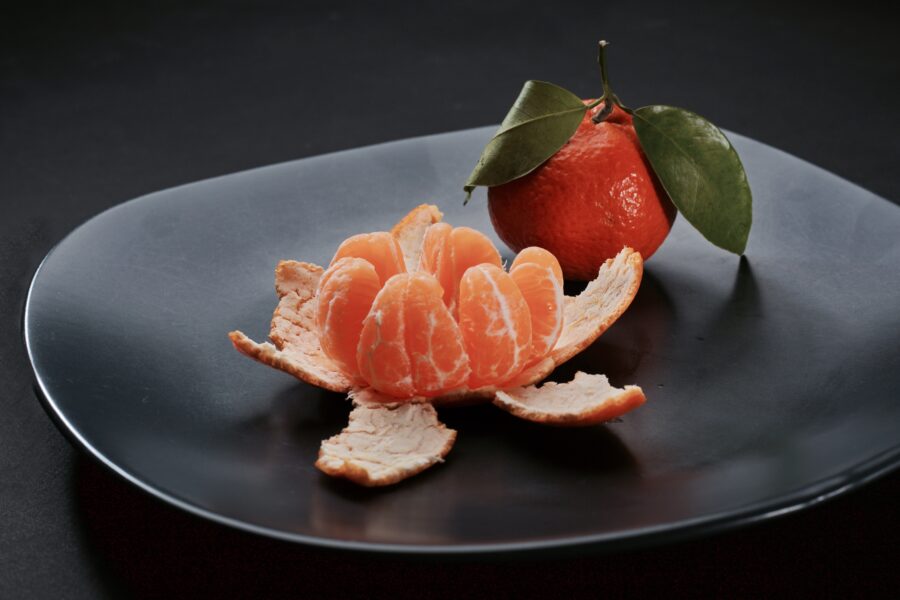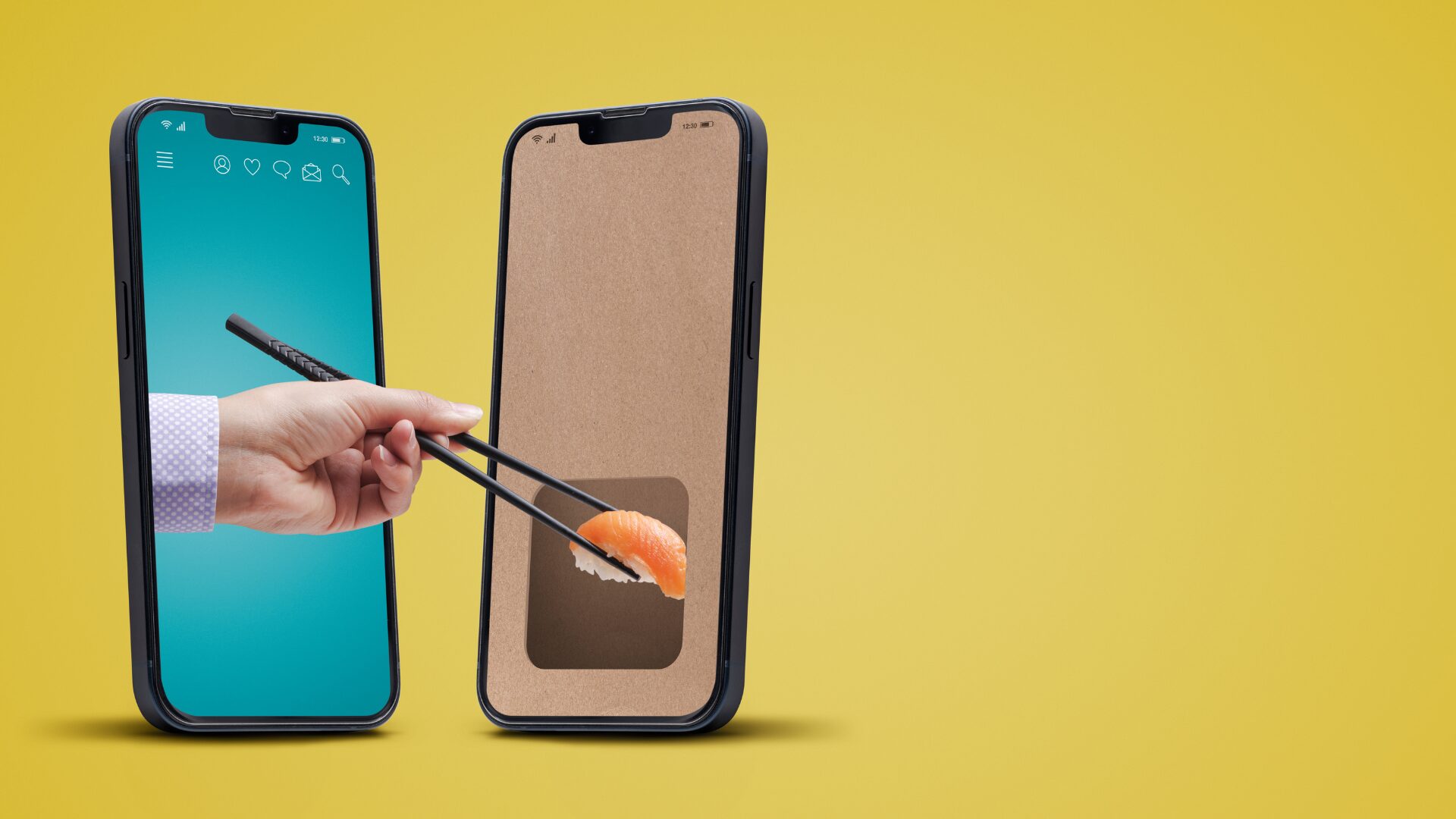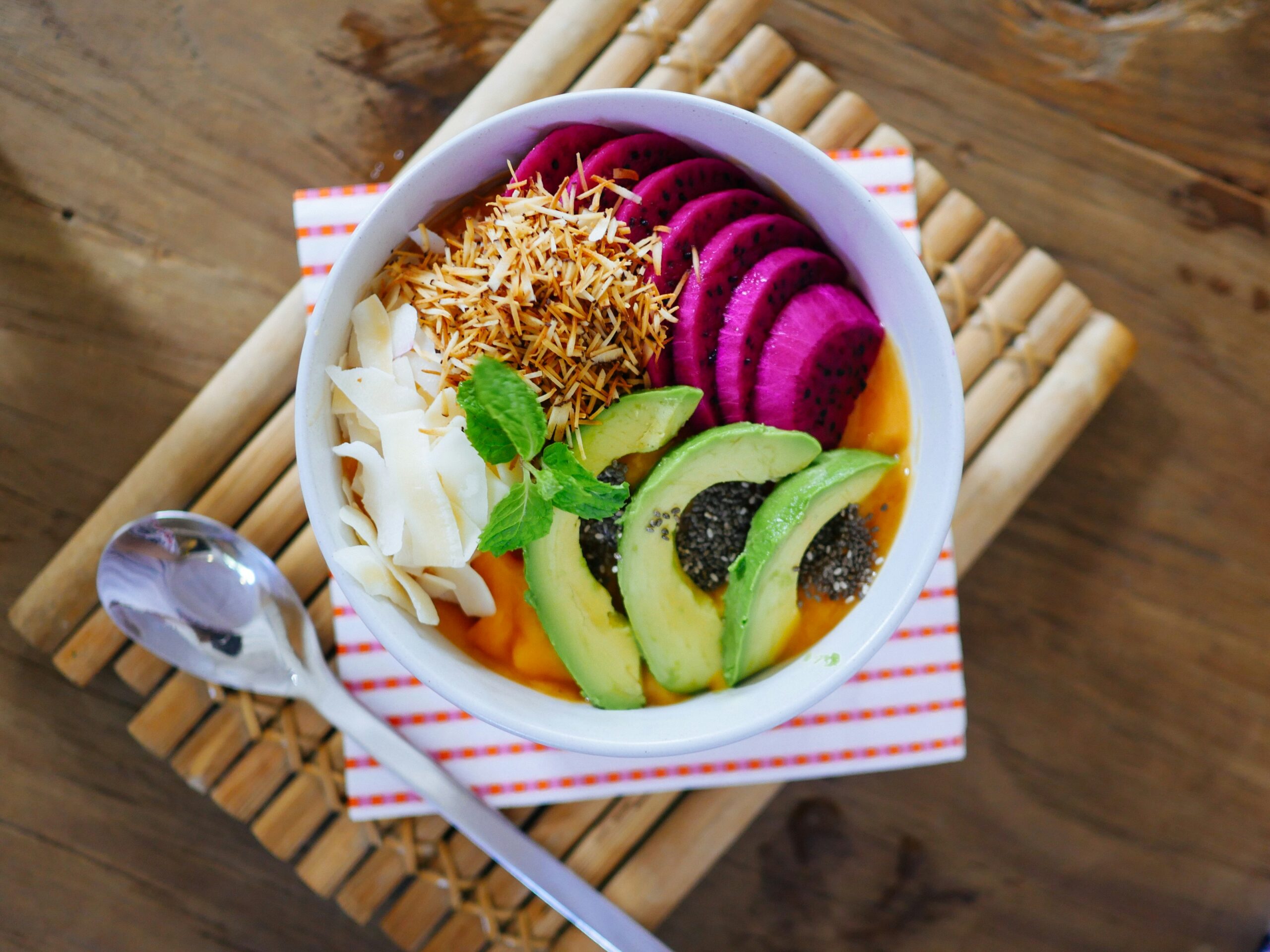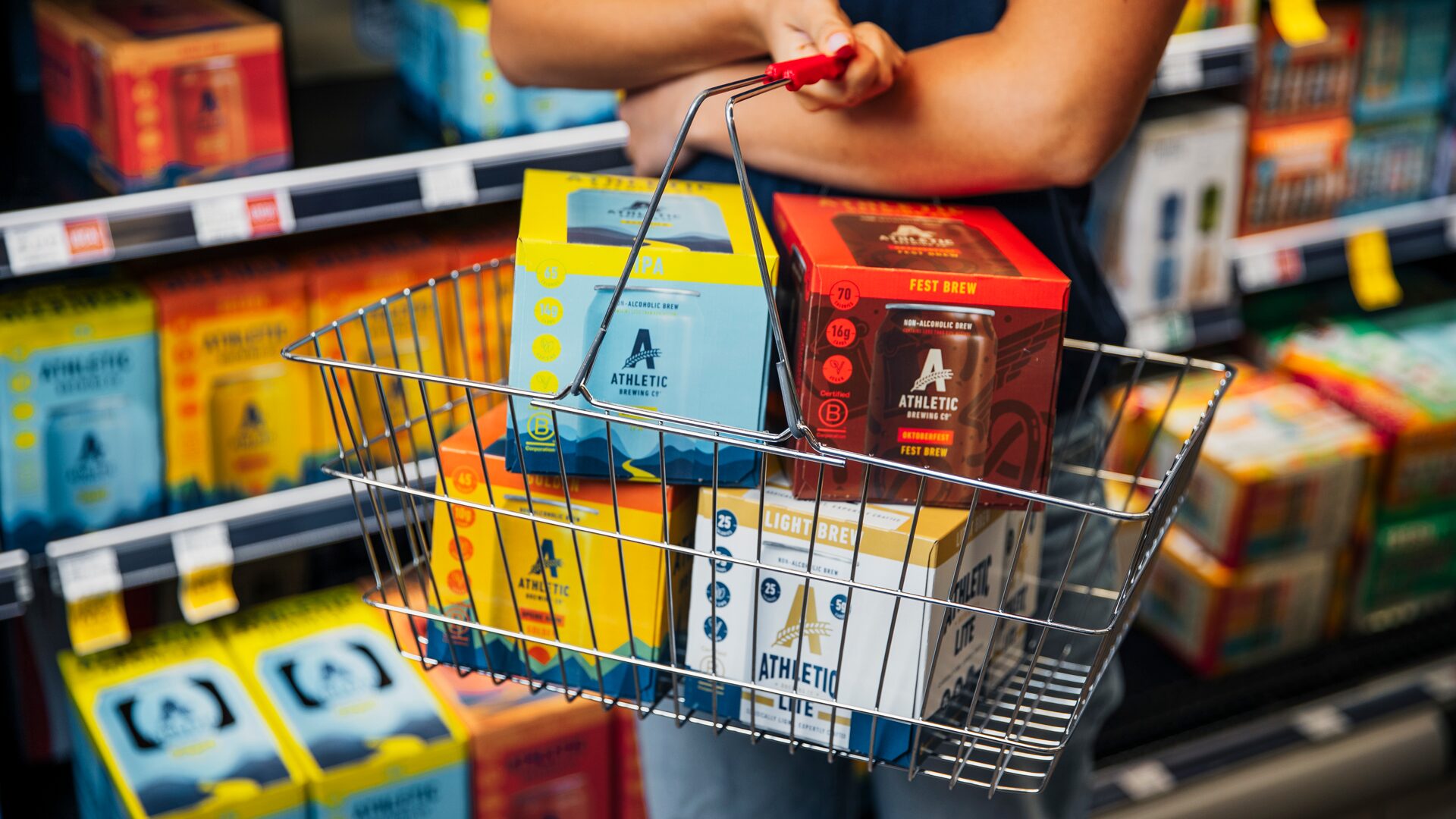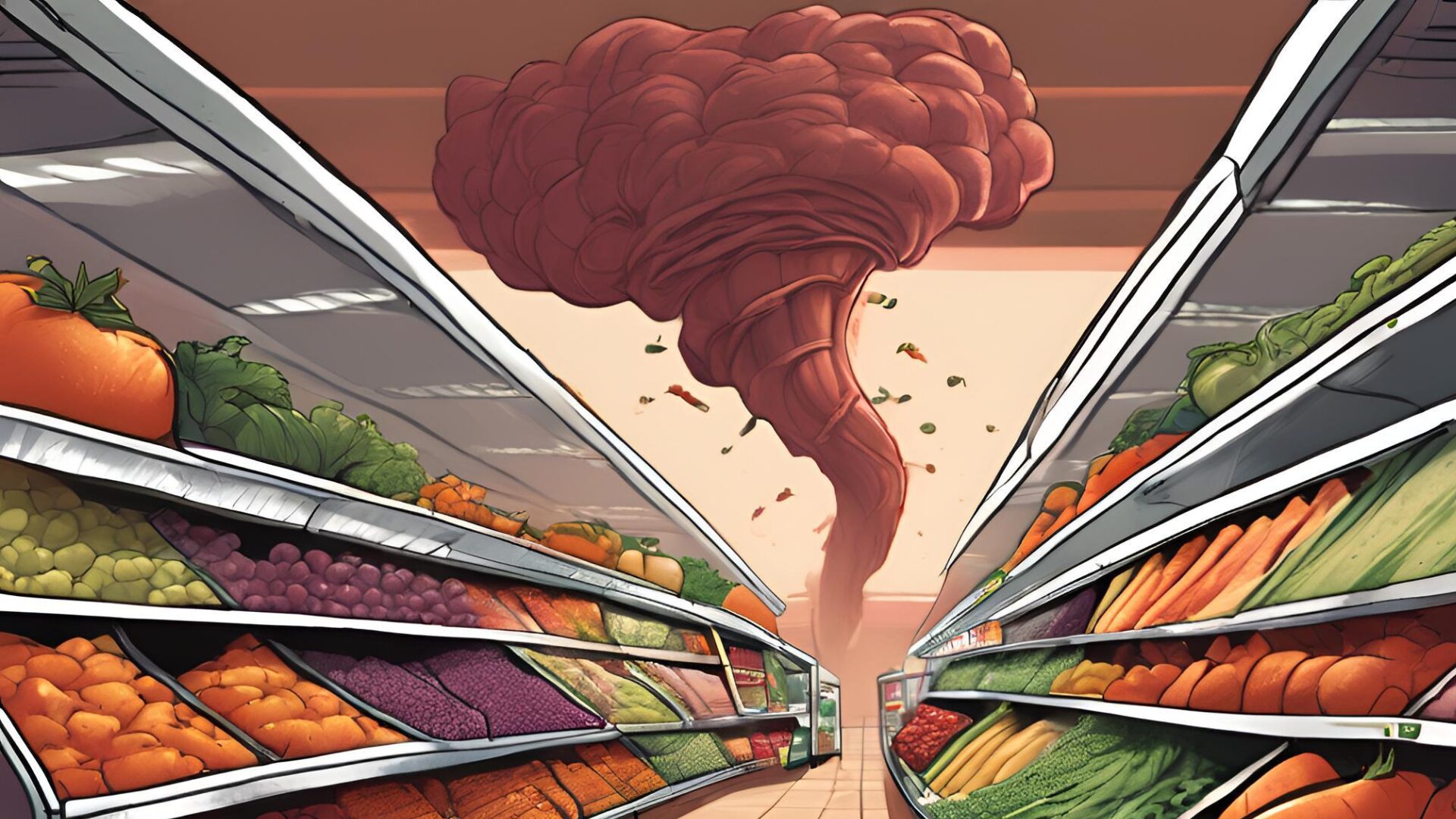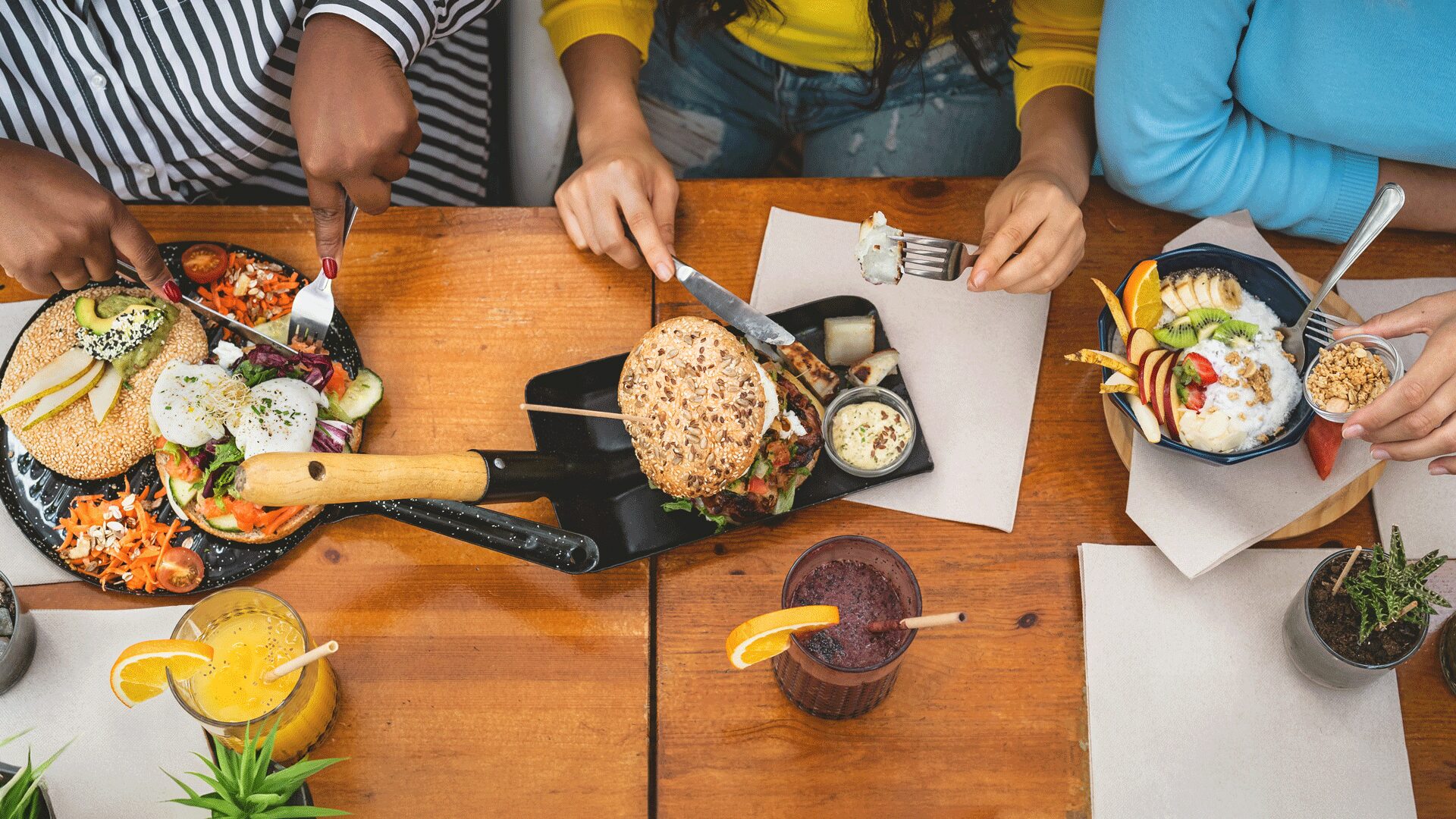Instantly edible food that does not need to be cooked, peeled, or unwrapped is around 15% more appealing than food that requires any form of preparation, according to a new study.
Psychologists from the University of Aberdeen showed more than 200 volunteers pictures of food at different stages of “readiness-to-eat” and asked them to rate how much they craved it.
The researchers found that even the slightest amount of preparation, like peeling a banana or opening a bag of chips, made the food less craveable. This finding was true across the board, whether the food in question was meat, vegetables, fruit, chips or chocolate.
A peeled orange is more craveable than an unpeeled one. A photo of cooked salmon induces more cravings than an image of a raw slab.
According to lead researcher Dr. Constanze Hesse, “There is plenty of research that has shown that higher-calorie foods are linked to higher cravings, so that is already well established.” This study was the first to explore the impact of food’s “readiness-to-eat” on cravings.
The biggest difference in terms of craveability was between raw and cooked foods. Next was unpeeled or packaged food compared to peeled or unpackaged, and then chopped and unchopped foods. In each case, the most instantly edible food was the most craveable.
Dr. Hesse and the team also found that the hungrier people were, the more they desired ready-to-eat foods over the unprepared alternative.
These findings offer actionable insights for health officials, food brands, marketers and consumers alike. Dr. Hesse believes this research could help public health services encourage healthy food choices more effectively.
“Calorie-dense food is often marketed in a prepared and ready-to-eat way, just think about adverts for burgers or pizza,” said Dr. Hesse. “In contrast to this, low-calorie food is often shown unprepared, for example raw salmon or heads of broccoli which need effort and further preparation to make them ready to eat.”
Armed with this knowledge, healthy eating campaigns could adjust their advertisements to use pictures of ready-to-eat healthy foods. By the same token, consumers looking to eat better can use this information to make better choices.
For one thing, this study reinforces the old adage not to grocery shop while hungry. It could also inspire people to do meal prep ahead of time and be mindful of why cravings occur.
Brands and food marketers may also find it pertinent to know that even the slightest bit of preparation makes food look less craveable. When selecting the perfect imagery for an ad campaign, don’t let packaging come between the product and the consumer’s cravings.
The Food Institute Podcast
Click the play button above to listen to the episode.
While many dairy products require bacteria for production, not all cultures are made the same. Chr. Hansen microbiologist Shannon Neuens joined The Food Institute Podcast to explain his views on bio-protection – the use of microflora to extend a product’s shelf life – and also discusses how the company’s line of cultures can be used to bolster nutrition and improve taste.


